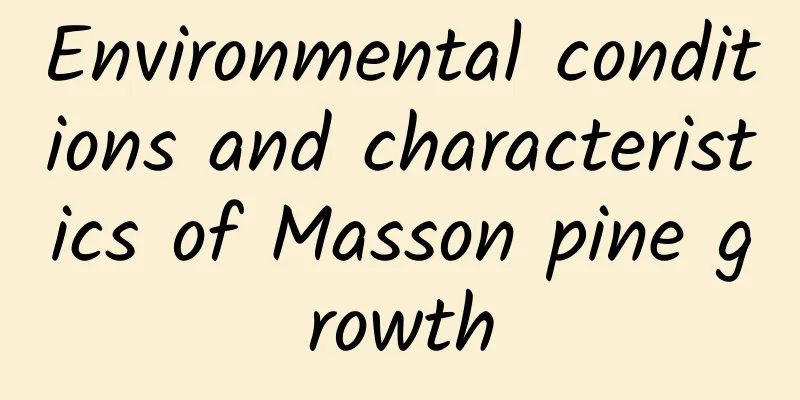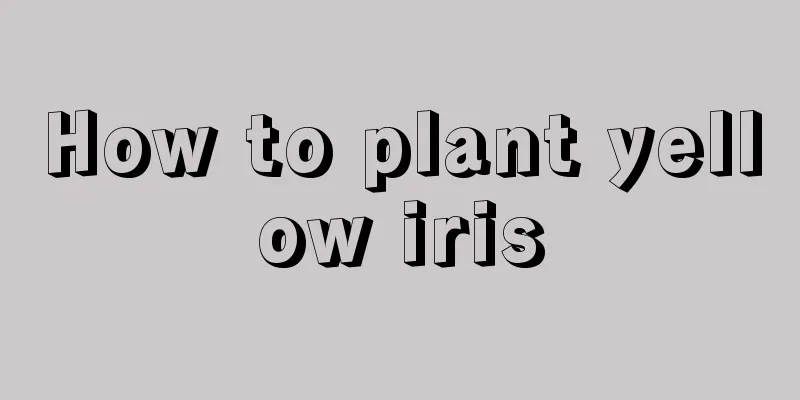Common varieties of peony

Single-flowered varieties of peonyMelaleucaThe petals increase naturally in a centripetal manner, are arranged neatly, have similar shapes, gradually become smaller from the outside to the inside, and the flower shape is flat. Single flap typeThis is a native variety of peony, with 2 to 3 rounds of relatively broad petals, and normally developed stamens and pistils, making it a hermaphrodite. Lotus typeThere are 4 to 5 rounds of petals, which are broad in shape. The stamens may be petalized into broken petals, while the pistils are normal. Chrysanthemum typeThere are more than 6 petals, which gradually become smaller from the outside to the inside. The stamens and pistils are normal, but the number of stamens is relatively small. Rose TypeThere are many petals, which gradually become smaller from the outside to the inside. The pistil is normal and the stamens have disappeared. Building subclassThe outer petals are relatively large, and the stamens are centrifugally distributed. The flower shape is relatively obvious, and the flower shape is raised or towering. Golden core typeThe outer petals are relatively wide, with 2 to 3 rounds of petals. During the growth period, the stamens will become larger, the filaments will become thicker, and the stamens will appear golden yellow. Togui typeThe outer petals are wide, with 2 to 3 whorls. The stamens will gradually transform into whisker-like petals, gradually increasing in size from the outside to the inside. Gold RingThe outer petals are broad, in 2 to 3 whorls, and the stamens are mostly petalized and towering, with a circle of stamens remaining on the outer circle of the stamens. Crown TypeThe outer petals are broad and flat, 2 to 3 whorls, and there are many whisker-like petals, needle-like petals, lanceolate petals or some small broken petals next to the outer petals. There are a small number of stamens in the center of the petals, which will gradually become smaller as they degenerate. Hydrangea typeThe embroidery peony flowers are plumper and shaped like hydrangeas. There are very few stamens in the center, and the pistils are not very eye-catching and will gradually degenerate. Peony varietiesColorful petal pavilion typeGenerally, the petals are two colors, the middle color is lighter, and the petals below are more brightly colored. Layered terrace typeThe pistil of the flower below becomes the same as a normal petal, but the stamen in the center is smaller than a normal petal. The whole flower has a distinct layered structure. Ball flower pavilion typeThe stamens at the bottom are elongated to form petals, and the pistils are also transformed into petals, making the whole flower look fuller. |
<<: Platycodon cultivation methods and precautions
>>: How to cultivate Aspidistra
Recommend
Cultivation methods and precautions of lotus palm
1. Suitable temperature Lotus palm prefers warm b...
Can banyan trees be transplanted in winter? Can banyan trees survive if planted in winter?
Can banyan trees be transplanted in winter? Banya...
Hydroponic method of rubber tree
Hydroponics Method The hydroponic method of rubbe...
What to do with rose and peanut bugs
1. Use high-pressure gas cylinders to grab The ro...
What flowers are suitable for growing in Qinhuangdao? What are the city flowers and trees?
1. Climate characteristics of Qinhuangdao Qinhuan...
Ginkgo cutting time and method, can the ginkgo branches survive?
1. Cutting time There are two types of ginkgo cut...
Advantages and disadvantages of Heart of Water Drop Rose (How to grow Heart of Water Drop Rose in Guangdong)
Rose is a traditional Chinese flower. It was intr...
Can tea seed husks be used as fertilizer?
Tea seed husk as fertilizer Tea seed husk can be ...
How to plant mango seeds
1. Dry the fruit core Buy mangoes that are in sea...
Why does Schefflera spheniscus drop its leaves?
1. Improper watering The leaf shedding of Scheffl...
How to grow the maidenhair fern in winter?
1. Pot soil selection First of all, we have to ch...
Cultivation methods and precautions of Rhododendron red camellia
Rhododendron red camellia is a relatively easy-to...
Is Wisteria easy to grow?
Wisteria is a very easy plant to grow. It has str...
The impact of Epiphyllum on interior decoration
Ornamental value Epiphyllum has beautiful leaves ...
Why does asparagus fern not germinate when sown?
Mechanism of Seed Propagation of Asparagus fern S...









